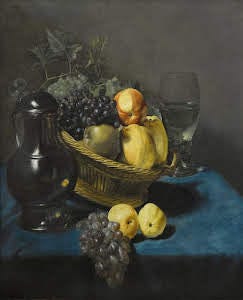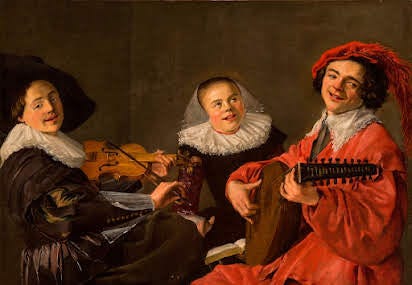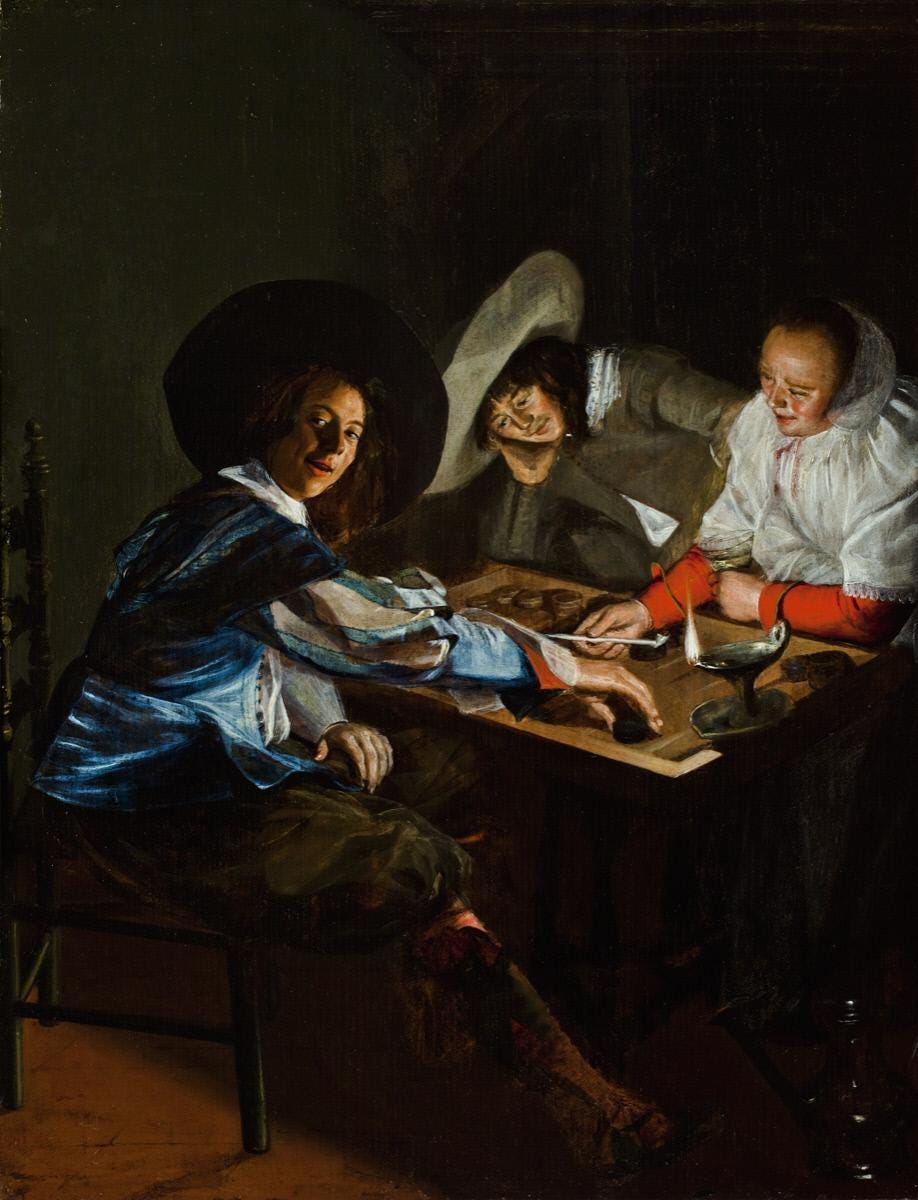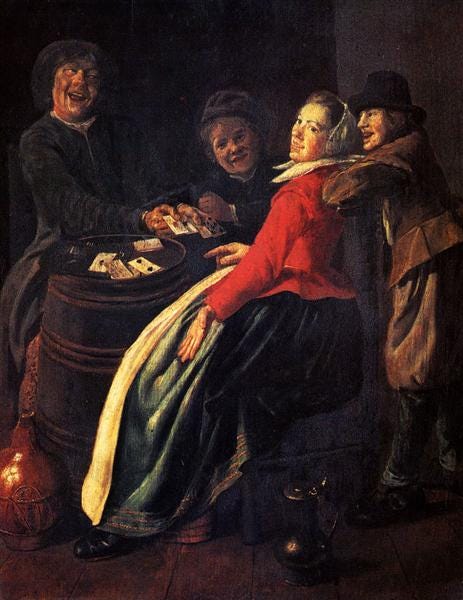The Dutch Golden Age, characterized by an unprecedented flowering of art, commerce, and cultural exchange, produced many master artists whose works continue to influence art history. Among these figures, Judith Leyster stands out as one of the few female painters who achieved professional success in a predominantly male-dominated world. Her oeuvre, which includes lively genre scenes, intimate portraits, and carefully composed domestic settings, offers both aesthetic brilliance and subtle social commentary.
The Dutch Golden Age represents a period when the art market, driven by burgeoning urban wealth and an expanding middle class, demanded works that depicted everyday life, leisure, and social interaction. In this milieu, Judith Leyster emerged as an innovator whose paintings not only exemplified the technical mastery of her time but also reflected a unique perspective on social roles and gender dynamics. Leyster’s work challenges modern audiences to reconsider the narrative of art history, particularly in recognizing the contributions of women. Her legacy continues to inspire discussions on artistic innovation and the role of gender in early modern European art (Encyclopaedia Britannica).

Judith Leyster was born in 1609 in Haarlem, a thriving hub for artists during the Dutch Golden Age. Although specific details of her early life remain sparse, historical records indicate that she received artistic training in a city renowned for its vibrant art scene. Leyster likely studied under established local painters, including the celebrated portraitist Frans Hals, whose dynamic brushwork and lively characterizations can be seen echoed in her work. In 1633, Leyster became a member of the Haarlem Guild of St. Luke, a significant professional milestone that acknowledged her skill in an era when few women were admitted to such guilds (Encyclopaedia Britannica; RKD – Netherlands Institute for Art History).
Her career flourished during a period when Haarlem was a center of artistic innovation, and she was able to secure commissions and sell her work independently. Despite her early acclaim, after her death in 1660 her works were largely misattributed to male artists, leading to decades of obscurity. It was not until the 19th and 20th centuries that art historians began to reexamine archival documents and stylistic evidence, thereby restoring her reputation and highlighting her importance in the canon of Dutch art (Oxford Art Online).

Leyster’s paintings are celebrated for their technical virtuosity and innovative compositions. Her use of light and shadow, reminiscent of the chiaroscuro technique, imbues her canvases with a vibrancy that brings scenes of everyday life to dramatic life. In her genre scenes, such as those depicting merry company gatherings or intimate domestic settings, Leyster captures moments of spontaneity and humor. The careful rendering of facial expressions and body language reveals not only her observational acuity but also her deep empathy for her subjects (The Metropolitan Museum of Art).

Moreover, Leyster’s work is notable for its balanced composition and use of color. Her paintings often feature a lively interplay of warm and cool tones that create depth and draw the viewer into the narrative. In works like The Proposition, she juxtaposes light and shadow to highlight both the emotional tension and the subtle humor inherent in the scene. This innovative approach not only marks her as a technical master but also reflects an early understanding of how visual narratives can comment on social mores and interpersonal relationships (National Gallery of Art).

Leyster also excelled in portraiture, capturing the individuality of her sitters with an immediacy and intimacy that was rare in her time. Her portraits are characterized by their delicate treatment of textures and the lifelike portrayal of expressions, indicating both her skill and her sensitivity to the human condition. These attributes make her contributions to Dutch genre painting and portraiture essential for understanding the evolution of artistic representation in the 17th century.
Despite her evident talent and initial success, Judith Leyster’s legacy was marred by the misattribution of her work to male contemporaries. After her death, many of her paintings were erroneously credited to artists such as Frans Hals, a fate not uncommon for women artists of the period. This misattribution contributed to a prolonged period of obscurity, during which her name and achievements were largely forgotten. The rediscovery of Leyster’s work began in earnest in the 19th century, as art historians and museum curators revisited archival records, stylistic analyses, and signatures on paintings. Institutions like the RKD – Netherlands Institute for Art History and major exhibitions at museums such as The Metropolitan Museum of Art played critical roles in re-establishing her importance within the Dutch Golden Age canon (RKD – Netherlands Institute for Art History; National Gallery of Art).

The process of rediscovery has also involved a broader reassessment of the role of women in art history. Feminist art historians have argued that Leyster’s work should be recognized not only for its aesthetic merits but also for its challenge to the gender norms of her era. By reclaiming Leyster’s rightful place in art history, scholars have helped to reshape the narrative of the Dutch Golden Age to include the significant contributions of female artists.
A closer examination of Leyster’s key paintings reveals the depth and innovation of her artistic vision. For example, in The Proposition, Leyster employs a dynamic composition that guides the viewer’s eye through the scene. The interplay of light, subtle gestures, and carefully rendered expressions captures a moment of social interaction that is both playful and charged with underlying tension. This painting is a prime example of how Leyster used visual narrative to explore themes of courtship, social expectation, and personal agency (The Metropolitan Museum of Art).

Another significant work is one of her merry company scenes, where a group of figures engaged in light-hearted conversation and merriment is rendered with exceptional clarity. The lively brushstrokes and vibrant color palette not only convey the festive atmosphere but also underscore the spontaneity and joy of everyday life in 17th-century Haarlem. These paintings are imbued with a sense of immediacy, inviting viewers to experience the moment as if they were part of the scene. The ability to capture fleeting expressions and gestures demonstrates Leyster’s mastery of both technique and narrative (Oxford Art Online).
Leyster’s portraits further illustrate her skill in depicting human emotion. In these works, she offers intimate glimpses into the personalities of her subjects, using subtle nuances in expression and posture to reveal character. The detailed rendering of fabrics, skin tones, and background elements creates a richly layered composition that is both technically impressive and emotionally engaging.
Judith Leyster worked during a time of tremendous change in the Dutch Republic. The economic prosperity brought about by trade and commerce led to the emergence of a robust middle class that became a major patron of the arts. This period saw a shift in artistic focus, from grand historical and religious themes to scenes of everyday life that celebrated the joys and complexities of contemporary society. Haarlem, where Leyster lived and worked, was at the forefront of this cultural movement, fostering an environment in which artistic experimentation and innovation could flourish (Stedelijk Museum).
In this vibrant cultural landscape, genre painting became a popular means of expressing the values and aspirations of the Dutch middle class. Leyster’s work reflects these broader social currents by depicting scenes of conviviality, domesticity, and public life with both realism and charm. Her paintings not only document the visual culture of her time but also comment on the social norms and gender dynamics prevalent in 17th-century Holland. By presenting her female subjects with dignity and individuality, Leyster subtly challenged the traditional roles assigned to women, paving the way for future generations of female artists (RKD – Netherlands Institute for Art History).
Moreover, the technical advancements of the period, such as the use of oil paint and innovative brush techniques, allowed artists like Leyster to achieve unprecedented levels of detail and realism. These advancements, coupled with the flourishing art market, helped to create a dynamic and competitive environment in which only the most skilled painters could thrive. Leyster’s success in this context underscores her exceptional talent and her ability to navigate and influence the cultural and economic forces of her time.
Judith Leyster’s remarkable career serves as a testament to her artistic genius and her determination to succeed in a challenging and often oppressive environment. Her paintings offer an enduring window into the cultural and social life of the Dutch Golden Age, while also challenging modern audiences to reexamine the contributions of female artists to art history. Through her innovative use of light, color, and composition, Leyster not only captured the vibrancy of everyday life but also imbued her works with a subtle critique of social conventions and gender roles. As her work continues to be rediscovered and celebrated by museums and scholars alike, Judith Leyster remains a vital figure whose legacy enriches our understanding of 17th-century art and the broader narrative of artistic innovation.
References:
Judith Leyster. Encyclopaedia Britannica, Encyclopaedia Britannica, Inc., www.britannica.com/biography/Judith-Leyster. Accessed 16 Jan. 2025.
Judith Leyster (c. 1609–1660). The Metropolitan Museum of Art, www.metmuseum.org/art/collection/search?artist=Judith+Leyster. Accessed 16 Jan. 2025.
Judith Leyster. National Gallery of Art, www.nga.gov/collection/artist-info. Accessed 16 Jan. 2025.
Judith Leyster. RKD – Netherlands Institute for Art History, rkd.nl/en/explore/artists/39219. Accessed 16 Jan. 2025.
Judith Leyster. Oxford Art Online, Oxford University Press, doi:10.1093/gao/9781884446054.article.T050373. Accessed 16 Jan. 2025.
Judith Leyster. Stedelijk Museum, www.stedelijk.nl/en/collection/maker/1031-judith-leyster. Accessed 16 Jan. 2025.




Bravo!❤️🔥🫶🏻 incredibly astute write up as usual!
The first thing one cannot avoid noticing is her intimate arrangements of small groups in charismatic and friendly postures within the dark composition. The position on canvas, the negative space around the cluster, the pick of where to punch the vibrant color, and the color coding itself clearly announce themselves as a different artist than Hals. She is fearless in communicating intimacies, whether of friendship or amour. The flesh is actually pinchable!
Unlike Vermeer’s porcelain ladies, these women are robust and spontaneous. In truth, they represent the deep laughs and pragmatic lightness of humor I know in many of my dearest female—and male—Dutch friends.
I don't want to walk out on a limb when I don't know the terrain well, but that Dutch period seems like it must have been fertile ground for women artists. There was an incredible fascination with every day life and women would have had access to oft ignored parts of that.